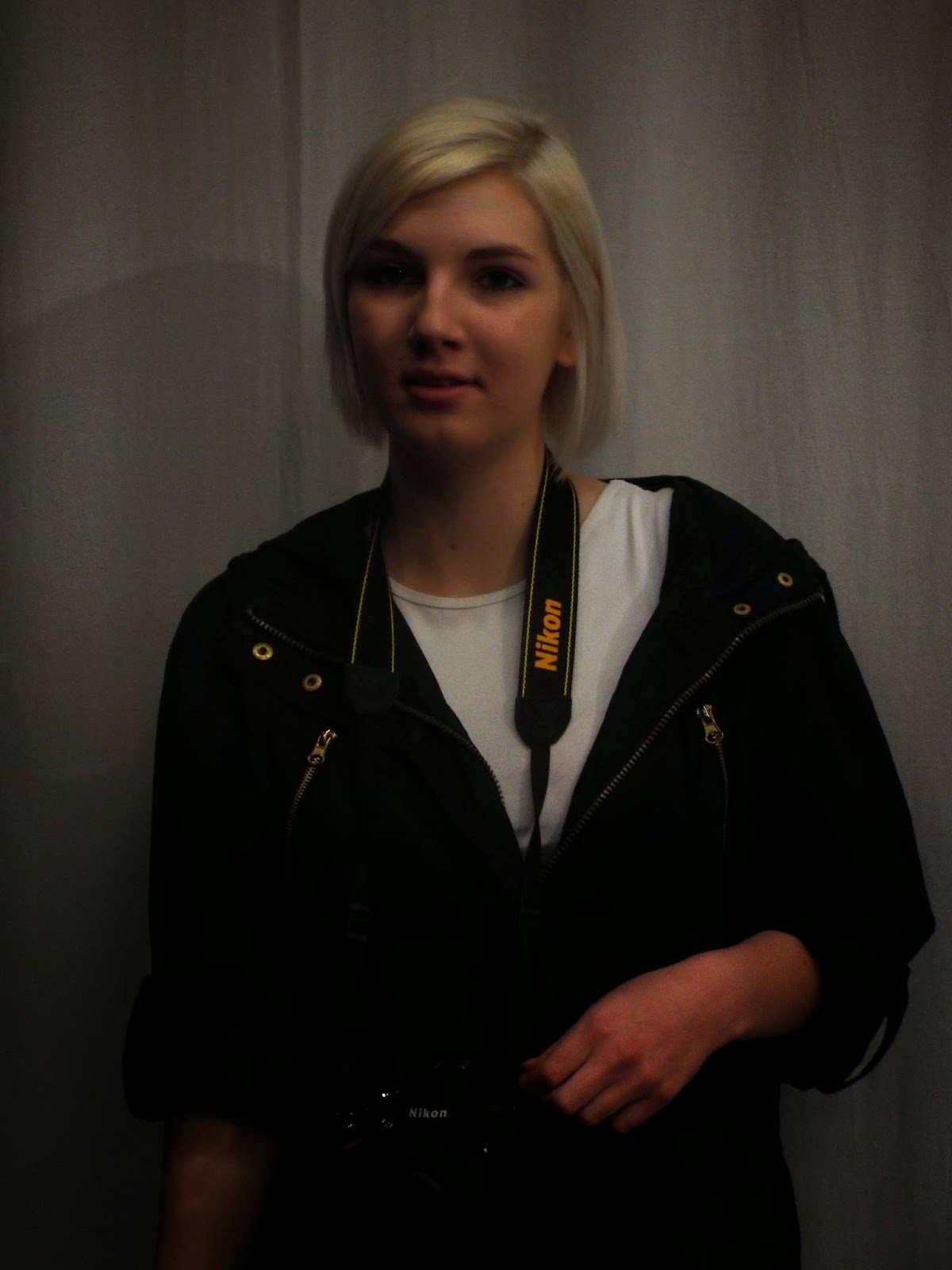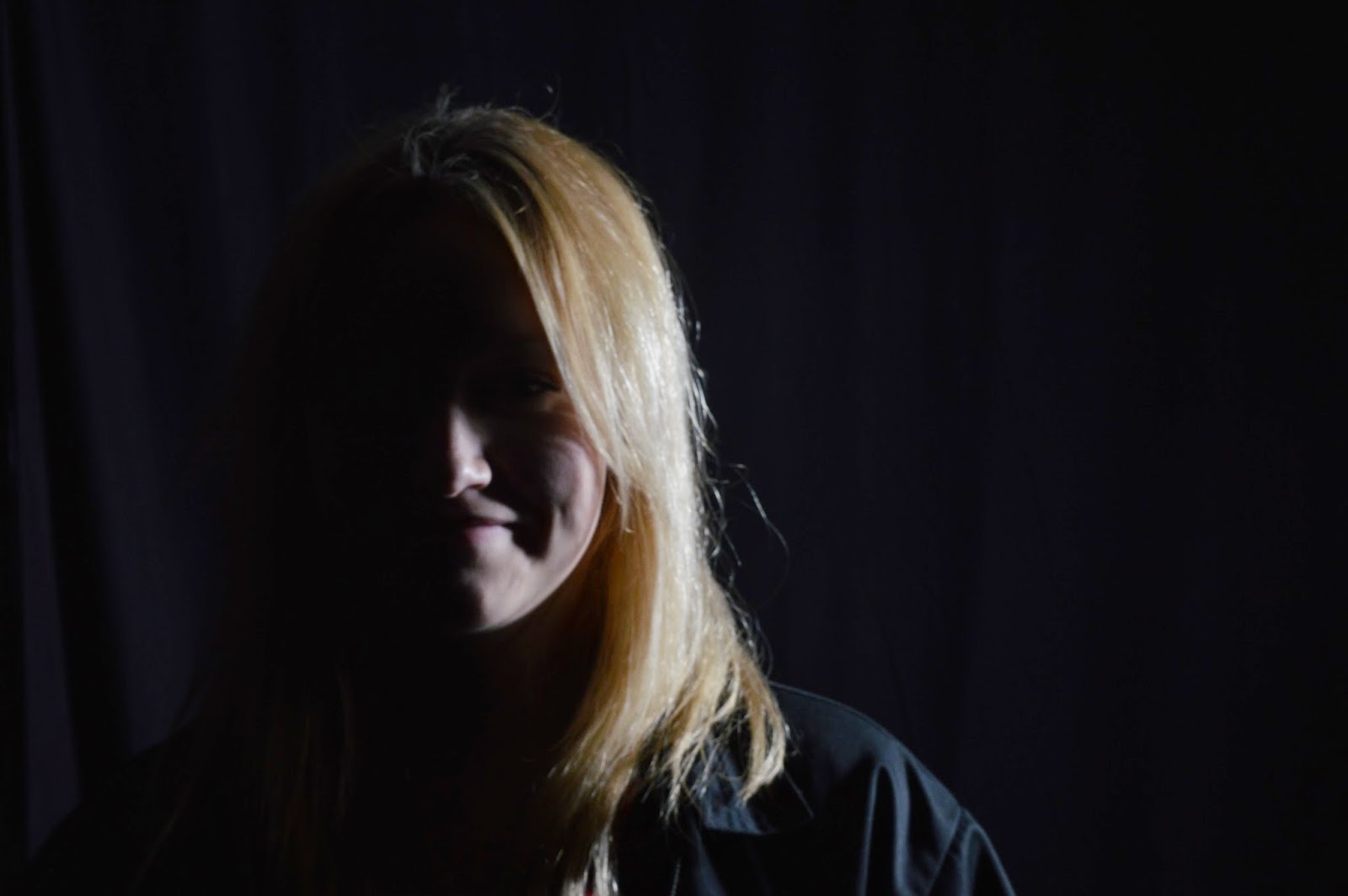I have been experimenting with the camera settings to see if I can get a perfectly exposed picture. I had been changing the shutter speed, aperture and the ISO on the camera to see how much of a difference each setting makes on the brightness of the entire image.
Changing the Shutter Speed
Changing the shutter speed seemed to change the exposure of the image quite a lot because of how quick the shutter opens and closes. When the shutter is open, light is let in, so when the shutter speed is slow you are letting more light into the image. So I decided to use 1/60, 1/100 and 1/250.
This image was taken with a shutter speed of 1/250. Due to the fast shutter speed, this image is rather under exposed because there are too many shadows and the white background isn't even white.
This image was taken with a shutter speed of 1/100. This image seems to be more correctly exposed than the other two I had taken.
This image was taken with a shutter speed of 1/60. Due to the long shutter speed, more light was able to get through the lens making this image over exposed.
Changing the Aperture
Changing the aperture changed the exposure of the image slightly. The aperture controls how much light goes through the lens and is measured by f-stops. The smaller the number, the bigger the hole. I chose to use f 2.8, f 8 and f11.
This image was taken with an aperture of f 11. This is the smallest aperture I used and the image is under exposed due to the lack of light let in to the lens.
This image was taken with an aperture of f 2.8. This image is rather over exposed because the aperture setting let in too much light.
This image was taken with an aperture of f 8. This is a correctly exposed image as the aperture was at the correct size.
Changing the ISO
The ISO has a greater part in the exposure of images because the ISO controls the light sensitivity. A low ISO, such as 100, will be less sensitive to light than a high ISO, such as 800. The ISO's I used for this experiment are 100, 800, and 3200.
This image was taken with an ISO of 100. Due to the ISO being low, it did not pick up much light so this image is under exposed.
This image was taken with an ISO of 800. This ISO helped me achieve a correctly exposed picture.
This image was taken with an ISO of 3200. The high ISO made the image over exposed.























.jpg)
.jpg)























